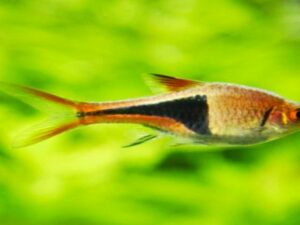The thought of adding fish to your aquarium is both exciting and a little frightening. We want to pick the right pet for our home to stay healthy and happy throughout its life within our tank.
Before we go further, you should note that every tank is different, so it’s possible that one of the fish listed here may not be the best choice for you. The key is always to do prior research and make an educated choice.
Aquariums are not just limited to freshwater tanks – saltwater tanks also have their own designated animals.
Saltwater tanks are usually much more delicate than freshwater aquariums because they require precise measurements of salt concentrations in the water and other specific tank conditions. Not to mention, saltwater fish are usually harder to find and more expensive.
However, both types of tanks have one thing in common – algae. Algae is also present in both types of tanks, and most fish will eat it to some degree. Some are more successful than others, but you can add the best algae eater possible to your aquarium with some research.
This article will cover 28 types of Freshwater Algae Eaters and their size, appearance, diet, etc.
Freshwater Algae Eaters
In freshwater tanks, several fish will achieve the end goal of wiping out algae. So many different types of fish are available, each boasting an algae-eating ability. It’s no wonder knowing which ones are best for your tank can be challenging.
The goal is to provide you with a list of the top algae eaters for freshwater tanks. We’ll break it down by species, so you can decide which option is best for you. Some of the most common ones include:
Plecostomus
The most common freshwater algae eater is the Plecostomus or Suckermouth Catfish. These are usually the first fish any hobbyist will think about, and for a good reason. Plecos are incredibly hardy fish and will eat almost anything presented to them. And as for algae – plecos will eat it all, from green hair algae to blue-green.
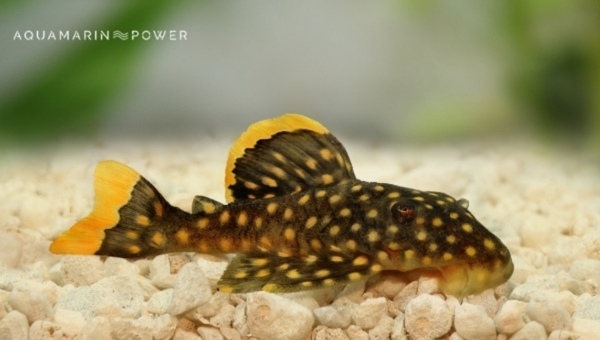
They are straightforward to care for and can grow up to a foot long if adequately cared for. However, their large size means they need a tank of at least 55 gallons with plenty of hiding places and space.
And though plecos generally get along well with other fish and don’t bother other species, you should always research any potential combination before setting them loose.
Siamese Fighting Fish
Also known as bettas, siamese fighting fish may not be the first thing that comes to mind when considering algae control, but their ability is worth mentioning here. They aren’t called “fighting fish” for nothing.
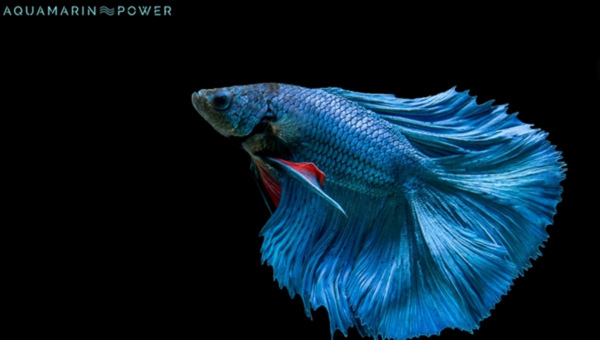
Bettas will fight and kill any other fish they can fit in their mouths, regardless of size. They are not typically algae eaters, but you should research this species before adding them to your tank.
Bettas are also best kept by themselves. Other fish are easily stressed by their aggressiveness, making them poor options for your community tank.
Loaches
Loaches are another standard option for freshwater algae eaters. You can usually find them in any pet store, and they come in various shapes and sizes. Most are nocturnal, so you’ll only see them during certain parts of the day, but they are pretty active all around the clock.
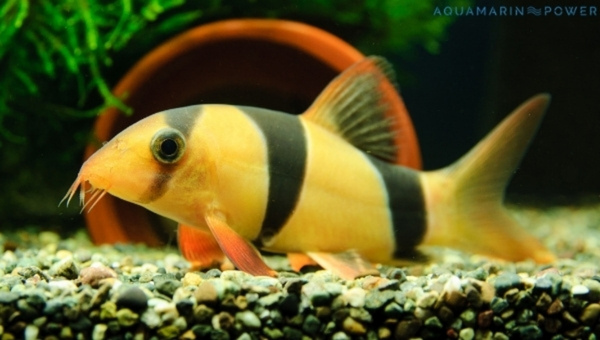
Loaches are usually reasonably easy to care for, though not always very active during the day. They prefer a more natural setup with a few plants and a dark background. Also, be sure to pick up some snail nets while you’re at it because loaches like to hunt snails.
Shrimp
One of the most exciting algae eaters available is the common Dwarf Shrimp. They are invertebrates and prey on various algae, including brown and green. They can also help with snail problems because they eat snails.
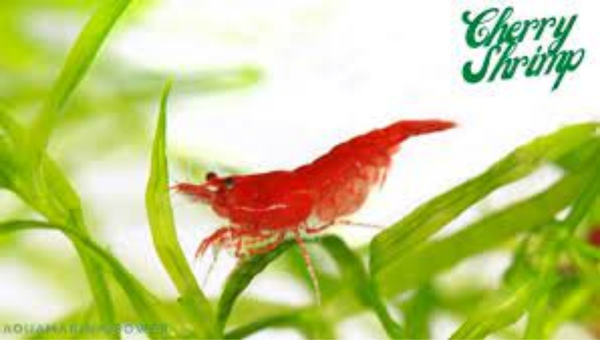
Shrimp are easy to care for and can live in a tank or with other species, but be careful with fish that might eat them. You can usually find Shrimp for sale in your local pet store, but if you want to multiply your algae control efforts, you’ll have to breed them yourself.
Wild-Caught Shrimp
If you’re more of a go-getter, another option is wild-caught Shrimp. They are usually available at your local fish store, but you must research their legality before purchasing them. It’s also important to note that wild-caught shrimp are usually much more expensive than their farm-raised counterparts.
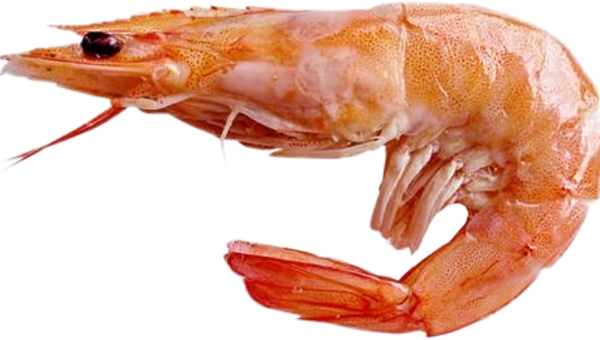
One other downside is you probably won’t get very many. It can be tough to find a seller with large quantities of these types of shrimp, but the good news is that even one or two of them will add great algae-eating potential to your tank.
Cory Catfish
Cory Catfish get their name from the scientific name of their species – Corydoras. They are relatively small and peaceful and will get along with other fish. They prefer to be in groups of three or more and should only be added to tanks of at least 30 gallons.
They are primarily algae eaters but will also enjoy sinking shrimp pellets and other special fish foods.
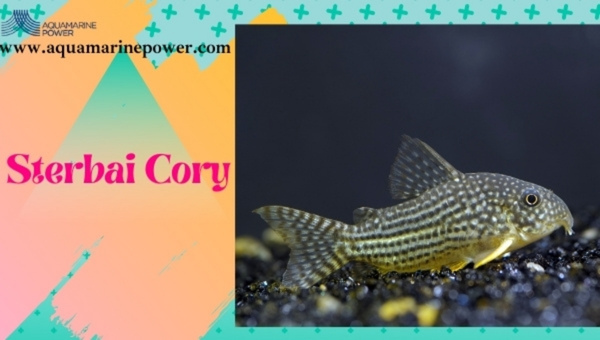
You’ll also want to research the legality of your purchase before purchasing Cory Catfish. They are much more common in Canada and Europe than in the US, so you may have to order them online or find a local store with them.
African Cichlids
Most species of cichlid will eat algae up to a point. Very few species will devour it as many plecos will, but they will at least control algae to a degree. These fish are not the hardiest creatures and may not do well if kept in a less-than-adequate environment. They also tend to get large and need much extra room in the tank.
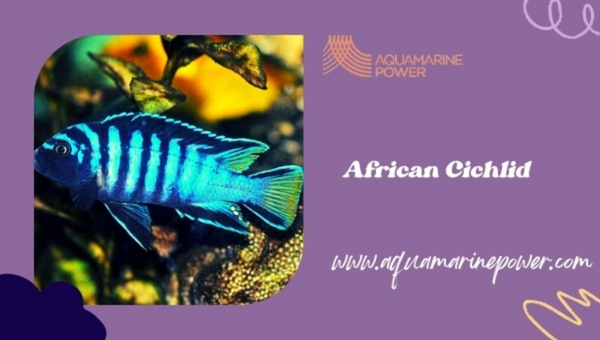
African Cichlids come in a wide variety, and you can find them for sale at your local pet store. They are usually inexpensive, but it’s essential to research the species you’re considering before adding them to your tank. If you’re interested in purchasing one of these fish, ask whether they will fit in your tank and how to introduce them.
Goldfish & Koi
While not as effective as other options, Goldfish and Koi can be added to an aquarium if it is at least 20 gallons. They will eat algae, but given how messy they are, they aren’t the best choice for an algae eater. Goldfish and Koi can also be kept in a pond with the proper filtration.
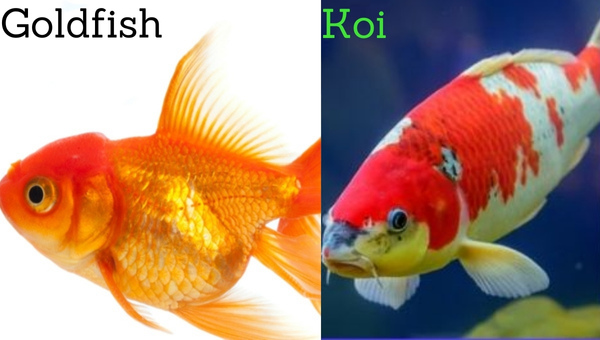
Just be sure that you have enough to keep the algae under control. If not, there’s a good chance that your goldfish will die of starvation. You might also want to think about adding some plants along with the Goldfish and Koi because they can be very messy eaters and may release too much waste into the water.
Chinese Algae Eater (Draco volitans)
The Chinese algae eater is a giant flying fox from southeast Asia. It’s called the “flying” fish because it can jump out of the water and glide through the air if desired. These beautiful creatures are around 7 inches long and don’t require much space or food to remain healthy and happy.
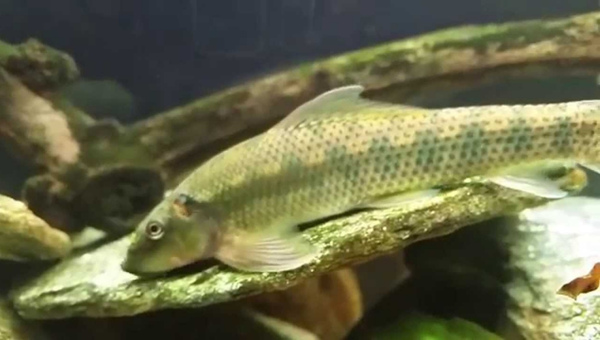
One thing to watch for with these guys is water temperature. Temperature variations can cause them a loss of appetite and stress, so ensure the water stays consistent.
Siamese Algae Eater (Crossocheilus siamensis)
As their name suggests, this fish’s natural habitat is in the Siamese region of southeast Asia. These algae eaters are members of the carp family! They feed on various foods, including worms, insects, and plants, but they most love algae.
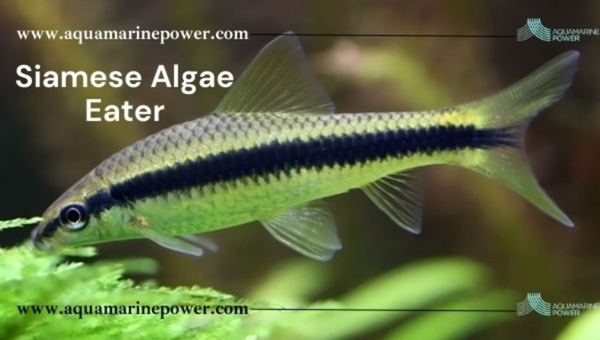
And as a bonus, these fish will breed readily in captivity if given ample space and food. The downside to Siamese Algae Eaters is that they only max out at around 6 inches long and require a tank no smaller than 20 gallons.
Scavenger Catfish (Hara jerdoni)
The scavenger catfish is a freshwater fish found in south and southeast Asia. It’s a peaceful fish usually kept in small schools of 5 or more and prefers to eat algae off plants, rocks, and even the sides of the tank.
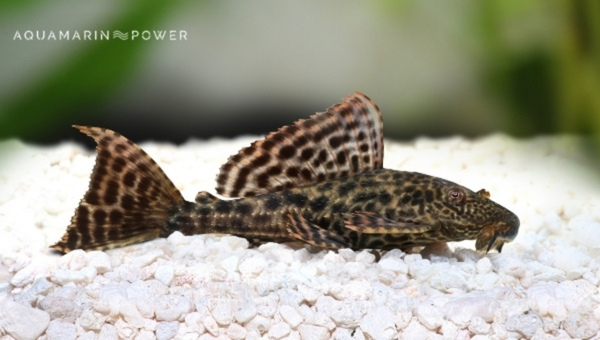
They are natural scavengers, so that they won’t turn down sinking pellets either! Scavenger Catfish grow up to 6 inches long and do best in more extensive, planted tanks with at least 10 gallons of water.
Common Pleco (Plecostomus plecostomus)
The common pleco is a species of catfish native to South America. They are among the most popular algae eaters and can grow up to 18 inches long. They require a lot of space, so having an appropriately sized tank is essential to accommodate them.
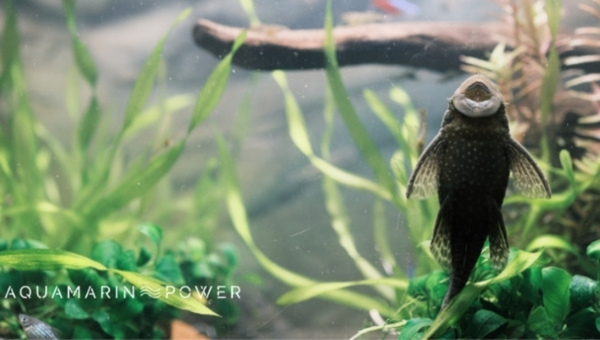
Common plecos are omnivores so they will eat both algae and meaty foods. Be sure that the common pleco has plenty of vegetation to graze on, but feed it sinking pellets, so it doesn’t starve itself.
Siamese Flying Fox (Betta splendens)
The Siamese flying fox is a prevalent fish in the betta family. They are native to Thailand (where they were first found), but their peaceful nature makes them excellent community fish. The only potential downside is the size they can grow to.
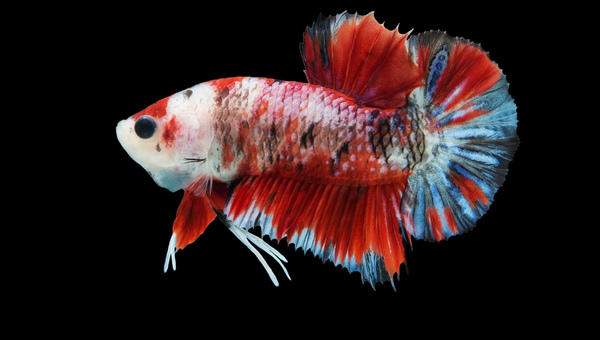
Flying Foxes will eat almost anything, including meaty foods and algae wafers. They are a peaceful species that won’t harm plants or smaller fish.
Lemon Tetra (Hyphessobrycon pulchripinnis)
Also known as the yellow tetra, this little friend is a popular and peaceful freshwater fish in South America. They grow to around 2 inches long and do best in schools of 5 or more.
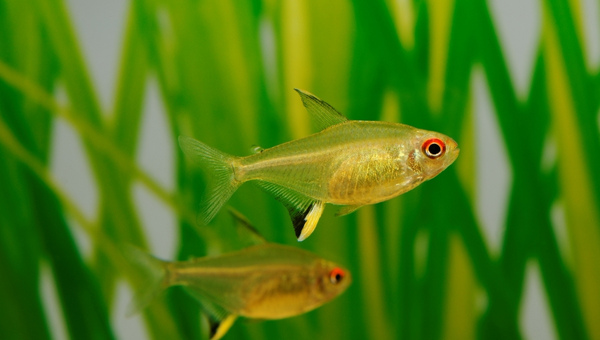
The lemon tetra will eat anything from flake food to bloodworms and algae wafers. They are schooling fish, so having them in groups of at least 5 is essential so they don’t feel the need to become loners.
Red-tailed Black Shark (Epalzeorhynchos bicolor)
This fish is a beautiful freshwater river shark found in Southeast Asia. It’s very similar to the Siamese algae eater, except they don’t grow as large. Red-tailed black sharks are omnivorous, so they eat algae and meaty foods.
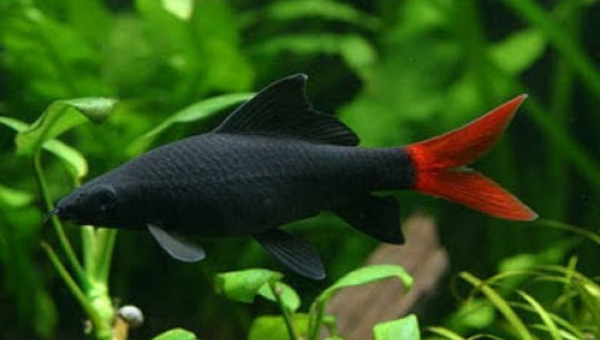
They are peaceful fish that can be kept in small groups, but it’s important to provide them with enough space, so they don’t feel the need to become loners.
Ornate Betta (Betta splendens)
This is one of the most popular betta fish in the world – and it’s easy to see why. Not only are they gorgeous, but they are also highly peaceful too! They max at around 2 inches long and do best in small groups of 3 or more.
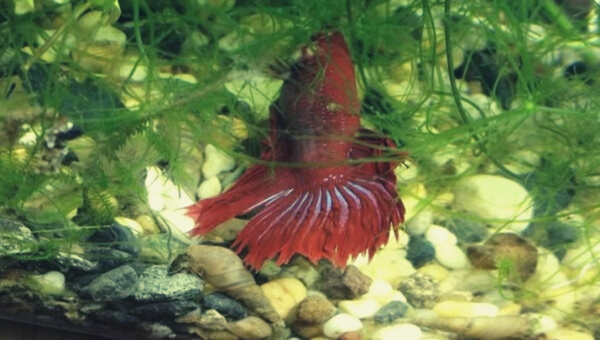
Ornate Bettas are omnivores so they will eat both algae and meaty foods. Be sure they always have plenty of vegetation to graze on, but feed them sinking pellets, so they don’t starve themselves.
Cherry Barb (Puntius titteya)
This is another very popular barb in the betta family. They are usually bright red, where they get their name. They are highly active swimmers that love playing around with their tank mates – and they’re not too shabby at this algae-eating thing either!
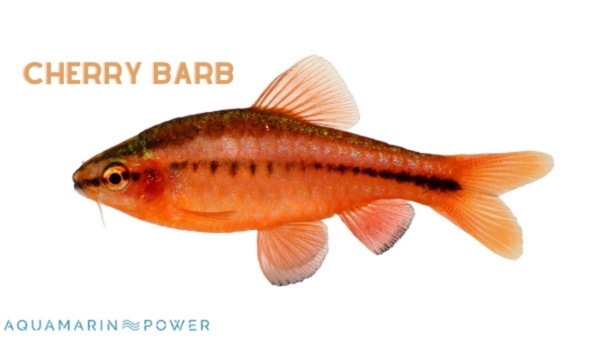
Cherry Barbs need an appropriately sized tank with vegetation and a swimming room. They won’t eat algae wafers, so you’ll need to regularly provide them with bloodworms and sinking shrimp pellets.
Glowlight Tetra (Hemigrammus erythrozonus)
This little beauty is a very active freshwater fish in South America. They do best in schools of 6 or more and max out at around 1.5 inches long.
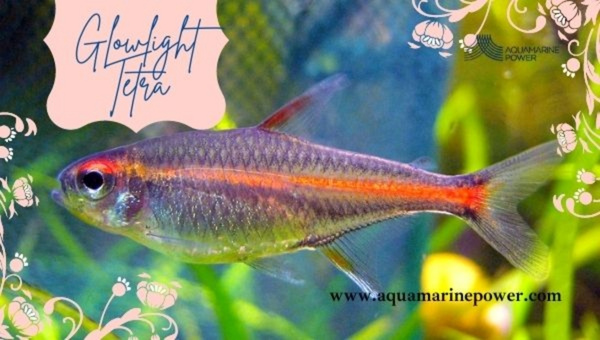
The Glowlight Tetra will eat almost anything, but they’ll also happily munch on algae wafers. They do best in planted tanks with a dark substrate and lots of vegetation to graze on.
Convict Cichlid (Archocentrus nigrofasciatus)
This cichlid is a stunning fish with a striking yellow, black, and white pattern. They can be aggressive, but they still make excellent algae eaters.
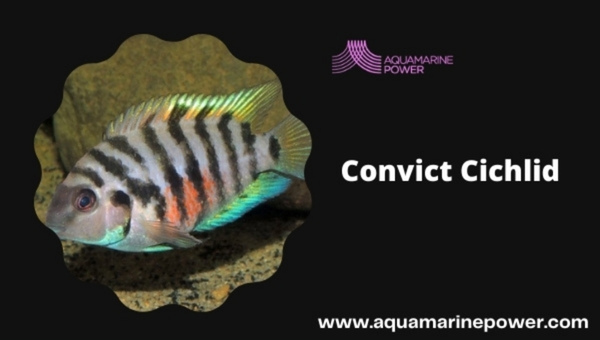
Convict cichlids are best kept in small groups of 4, or more so they don’t become loners. They love meaty foods but also eat algae wafers too.
Bristlenose Pleco (Ancistrus spp.)
Bristlenose Plecos are the most popular loricariids because of their hardy, peaceful nature. The only potential downside is they can get pretty significant, so providing them with a tank of at least 30 gallons is essential.
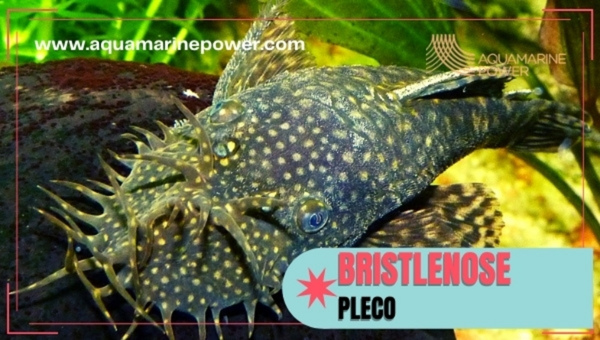
Bristlenose plecos are omnivores that will eat both algae and meaty foods. They can be housed with any fish, but larger and more aggressive species may try to pick on them.
Amano Shrimp (Caridina multidentata)
Amano Shrimp are another fantastic algae-eating species. These shrimp are very popular in non-aggressive aquarium setups because they don’t bother other tank inhabitants.
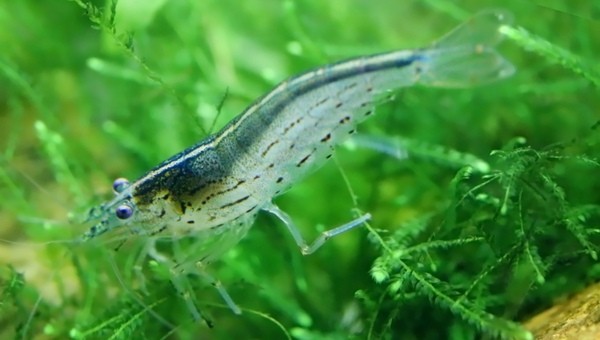
The only real problem with these guys is that they take up residence under live plants, which can be hard to avoid when you have live plants in your tank! But if you’re careful where you plant your decorative foliage, these Shrimp often become beneficial additions to an aquarium community.
Nerite Snail
Known as the “pistol shrimp” snail, nerite snails are commonly found in freshwater tanks worldwide. They will eat everything from algae to dead plant matter and not bother other creatures in the tank.
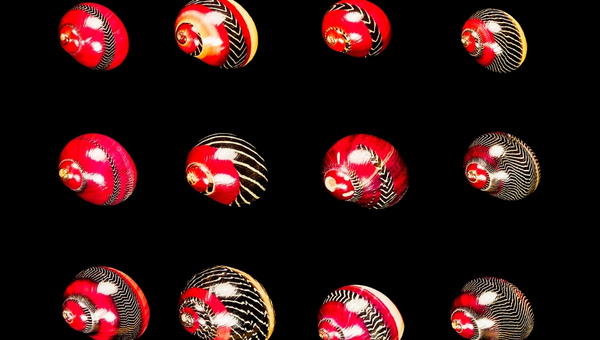
Nerites are one of the few snail species that can also breed in freshwater. In addition to algae, nerite snails enjoy the occasional oyster shell as a calcium supplement for their shells.
Ramshorn Snail
Ramshorn snails are another standard option for an algae eater. They feed on the same types of organic matter as other snail species, but they are relatively cheap and easy to find.
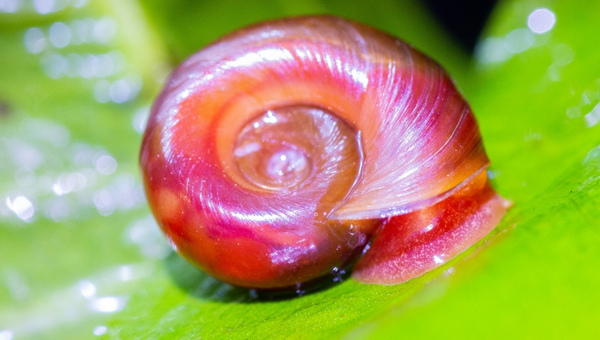
The downside is that the ramshorn snail is an easy snack if you have small fish like guppies.
Thailand Micro Crab (Cardisoma guanhumi)
This is another creature that isn’t exclusively an algae eater but has a taste for algae in its natural habitat. Some pet shops sell these crabs as “feeders” or ghost crabs; they are popular in the hermit crab community because of their size.
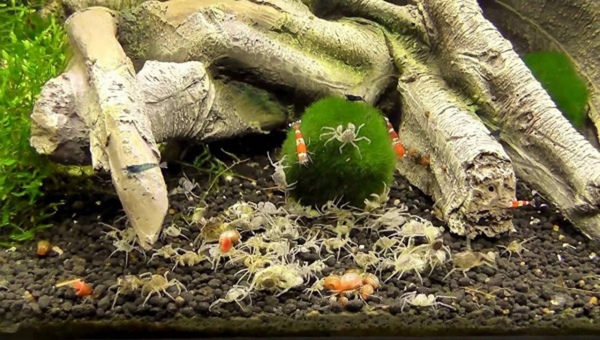
As nerite snails, Thailand Micro Crabs can breed in freshwater, so you’ll need to keep an eye out for them in the future. Thailand Micro Crabs are usually sold in small “starter” sizes but can grow very large. It’s essential to keep them in a tank of their own.
Mystery Snail (Pomacea bridgesii)
Mystery or apple snails are famous for their attractive colors and shapes. They usually come out at night to feed on algae and waste products throughout the aquarium. Their soft shells allow them to crawl over sharp rocks without severely damaging themselves.
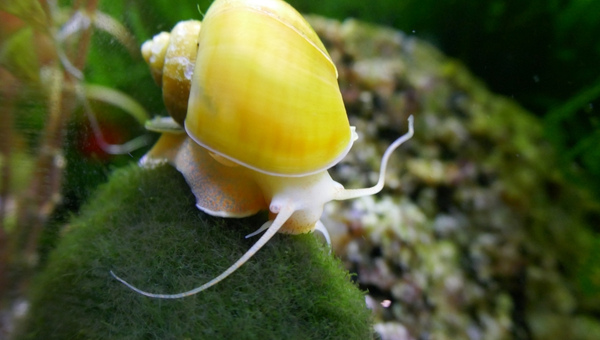
The downside is that they grow quite large – up to 4 inches long – so these guys might be the wrong choice if you only have a 10-gallon aquarium or something similar.
Gold Nugget Pleco (Parotocinclus jumbo)
Last but not least, the gold nugget pleco is a growing favorite as an algae eater in freshwater tanks. These fish average around 2 inches long at adulthood and require very little space, making them great for smaller tanks.
They also spend almost all their time on the ground level of your tank, so they’re perfect for taking care of any stray bits of algae that end up on the substrate. The downside with these guys is that they eat plants along with algae – especially more delicate types, like java fern.
So if you have a nice green carpet in your tank, be careful not to add one of these guys!
Although most algae-eating fish will leave live plants alone if there are enough algae to eat, it’s always better to be safe than sorry.
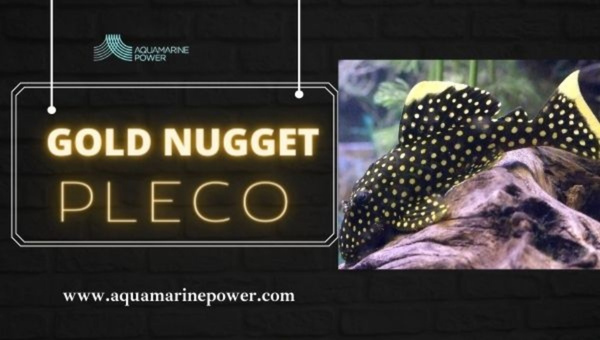
Now you know how to clean up those unsightly algae stains and keep your tank looking fresh and healthy with the best algae-eating fish.
If you have any questions about these species or if there are others you think should be included on this list, please let me know in the comments below! -Simon A. Tulear (Geek is defined as a person excessively interested in technology and computers)
Otocinclus Catfish
Otocinclus Catfish is one of the best algae eaters known to man due to its small size and high energy levels. They can clear an entire tank within weeks if the water quality is up to par. They are much more efficient at removing algae from live plants than other fish.
However, they do prefer a quiet environment without too much activity going on around them, so they may not be ideal for your tank if it’s in a busy area or with lots of larger fish.
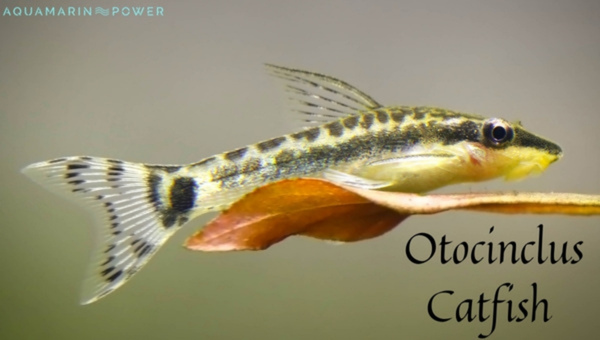
Their lifespan tends to be short, so they are most effective as a temporary algae eater. However, their small size and high energy levels can be handy for tanks with smaller fish inside them who can’t eat all the algae themselves.
They are also among the most peaceful freshwater fish known (and highly recommended), making them great tank mates with many other fish types.
Pictus Catfish
Another type of catfish known to eat some algae off plants but not as much as Otocinclus Catfish is the Pictus Catfish. They tend to be larger than Otocinclus Catfish, reaching up to six inches at maturity instead of three inches like Otos.
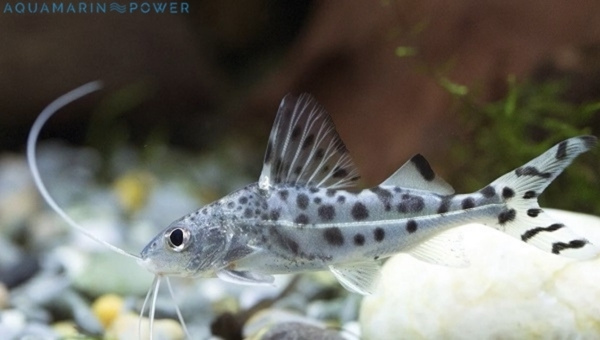
They are usually slightly more aggressive than Otocinclus Catfish but are still friendly enough to get along with most other fish types.
Conclusion
Algae can also grow on the inside of your fish tank. If you don’t want to clean your aquarium daily, having an algae eater could be helpful.
They also eat poop and leftover fish food. An algae eater is usually considered beneficial because it eats algae and anything else that may make your water dirty or cloudy. You should consider how big the fish will get if you buy one and what kind of tank it belongs to; not all species are compatible with other kinds of fish.
One must choose an algae eater that will not harm other fish and plants. They should also be chosen based on what you want to see in the tank because an algae eater will eat anything.
These are just a few of the many available different types of algae-eating fish. However, you must understand which species will work best in your tank.
Bigger fish won’t do well in small tanks, and fish like to be alone might not get along with any other fish in your tank. So it’s always best to research before purchasing any new fish for your aquarium.



